
- Email yeldocollegesmd@gmail.com
- CALL +91 98468 77776 +91 98461 10506

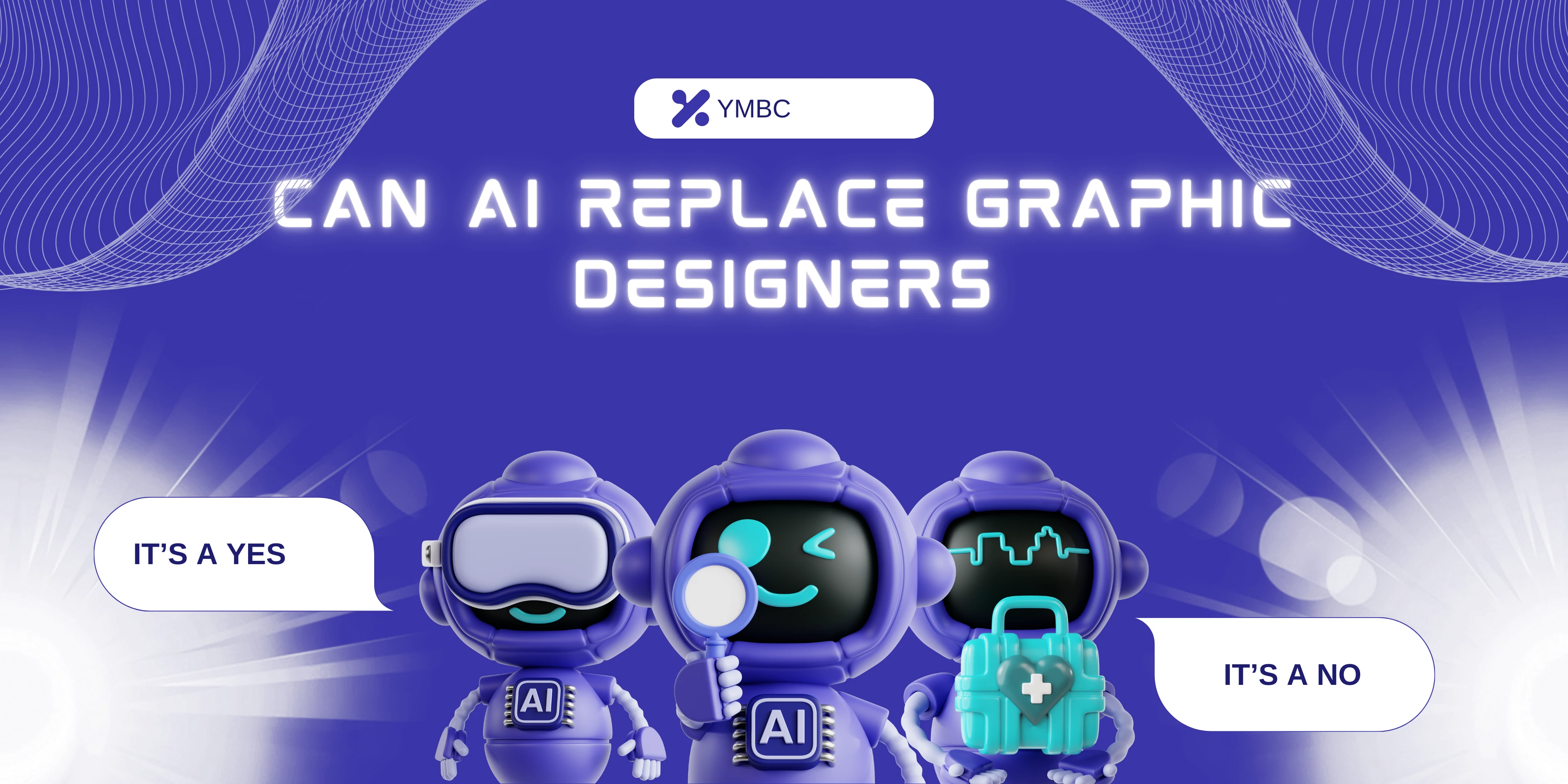
Artificial intelligence has emerged as a point of discussion in all fields, and the field of graphic design is no different. The advent of AI has cast doubts on the purpose and future of design and the effect of AI on creative occupations. Although AI impact has successfully demonstrated an impressive way to be efficient and innovative, the idea is to fully substitute the human designers understates the human resource and creativity.
AI tools have revolutionized the design landscape by making workflows faster and smarter. From platforms like Canva, Adobe Sensei, Adobe Firefly, Marq, and Framer to niche tools such as Autodraw, generative AI has made design more accessible and efficient. AI in design is now capable of:
This automation frees designers from repetitive tasks, which allowing them to focus on conceptual thinking. It is not a surprise that 69% of graphic designers plan to integrate generative AI into their workflow, which viewing it as a collaborator rather than a replacement.
Despite AI’s strengths, human creativity is not something an algorithm can replicate. AI is trained on existing data, which limits its capacity for originality. Human designers, on the other hand, bring fresh perspectives and unexpected ideas.
Rather than framing AI as a threat, it is better seen AI as a collaborative tool. Designers who adopt a hybrid approach can achieve more. AI assists with repetitive processes, offers data-driven insights, and enables more time for creative strategy.
The benefits of human-AI collaboration include:
To stay relevant, designers need a balance of essential design skills and AI integration knowledge. Traditional graphic design skills remain vital, but fluency in AI-powered platforms such as Figma, Adobe Firefly, Canva, and InVision adds an edge.
Key skills for career growth include:
By combining creativity with technology, designers can influence how AI evolves and ensure it supports human-centric design.
AI has transformed how design work is executed, but it cannot match the depth of human element and creativity, innovation, and emotional intelligence. The graphic design future lies in synergy between human expertise and AI capabilities, producing innovative and efficient solutions. Human designers’ unique vision, critical thinking, and dedication to design will continue to shape the design industry’s evolution.
If you are passionate about design and want to acquire industry-required skills to thrive in this evolving landscape, our programmes in graphic design at Yeldo Mar Baselios College will equip you with both traditional design mastery and essential AI literacy, helping you achieve your career goals and become an indispensable part of the design future.
Tags: Will ai replace graphic designers, ai graphic designing tools
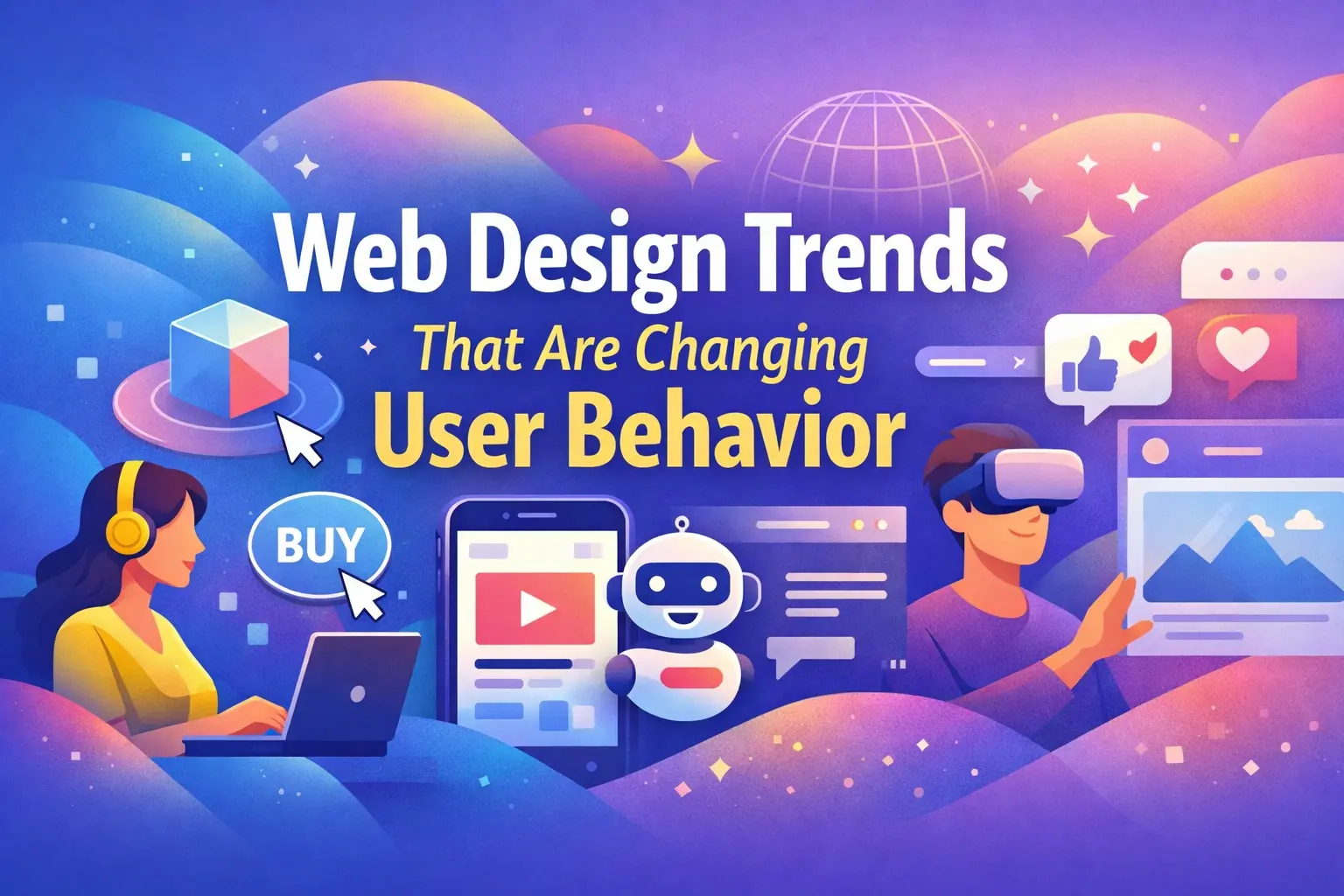
January 09, 2026
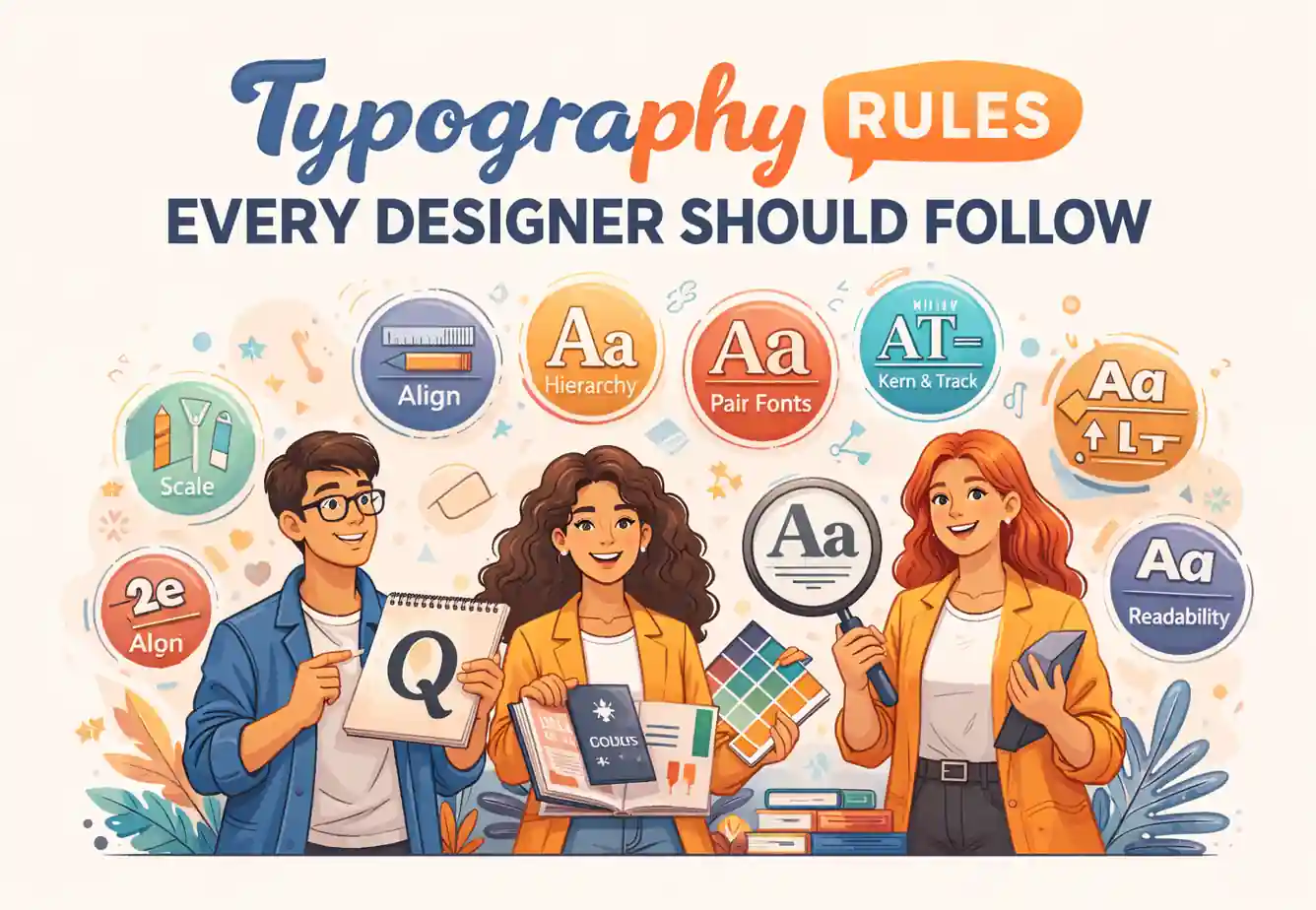
January 07, 2026
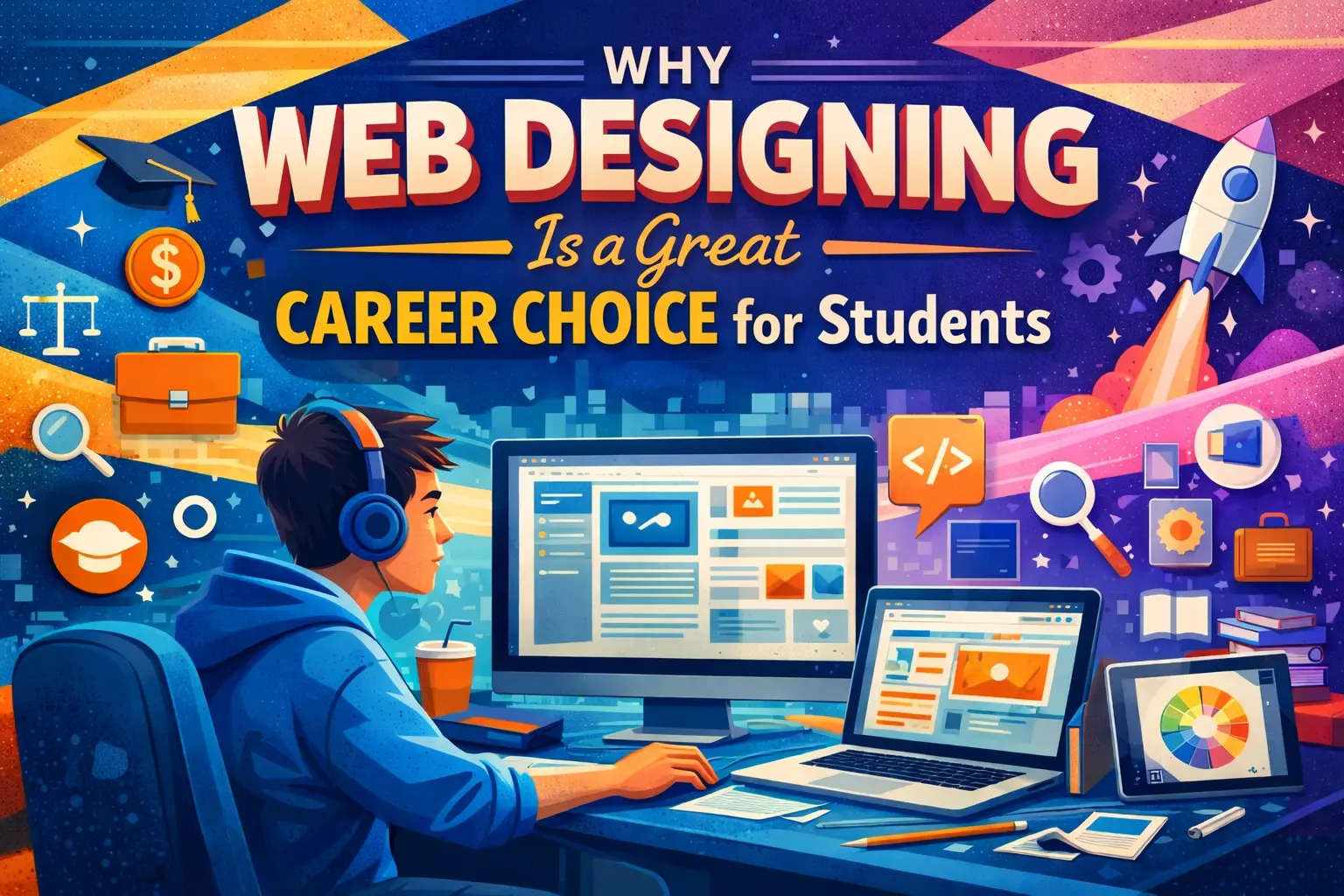
December 29, 2025

December 26, 2025
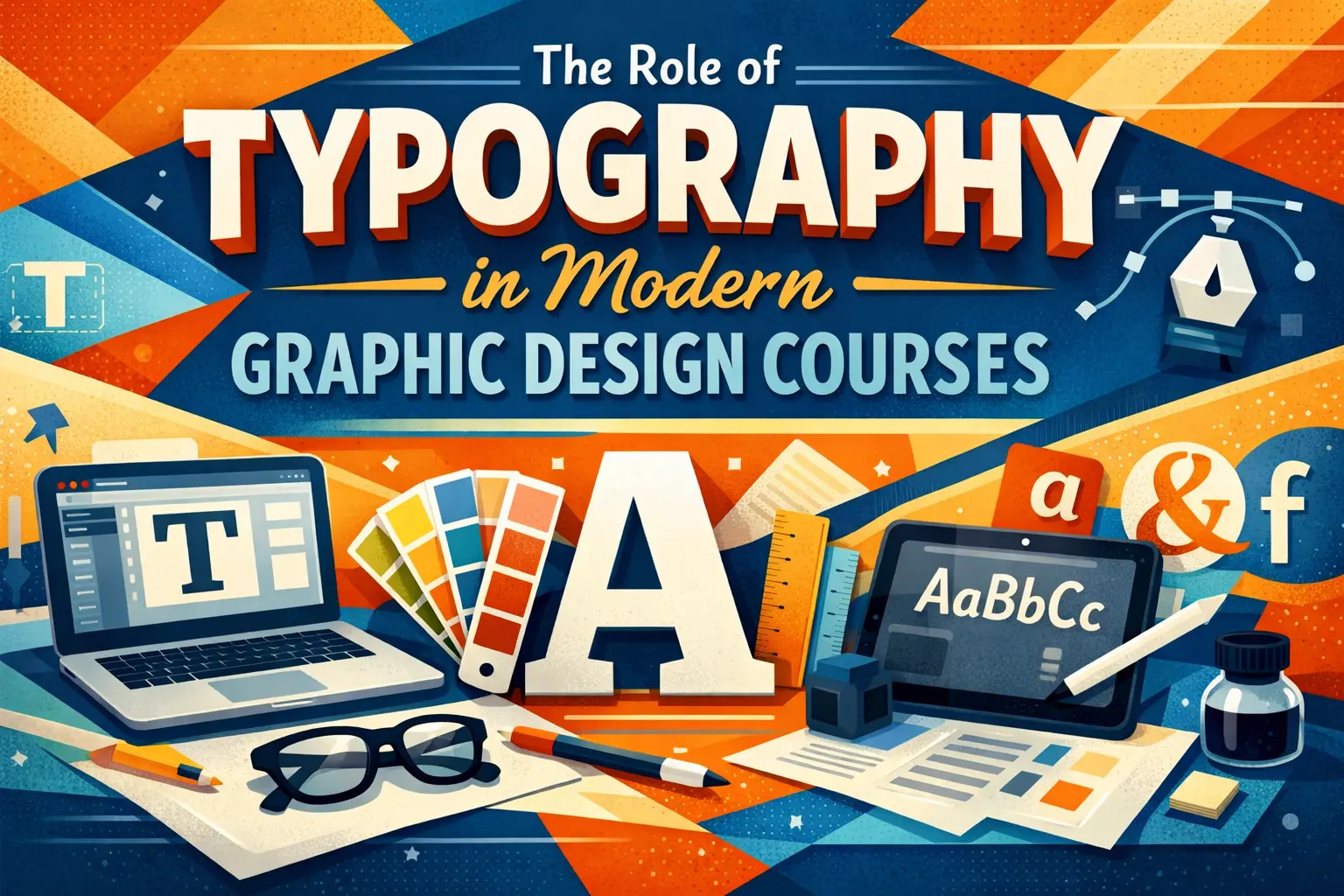
December 24, 2025

December 17, 2025
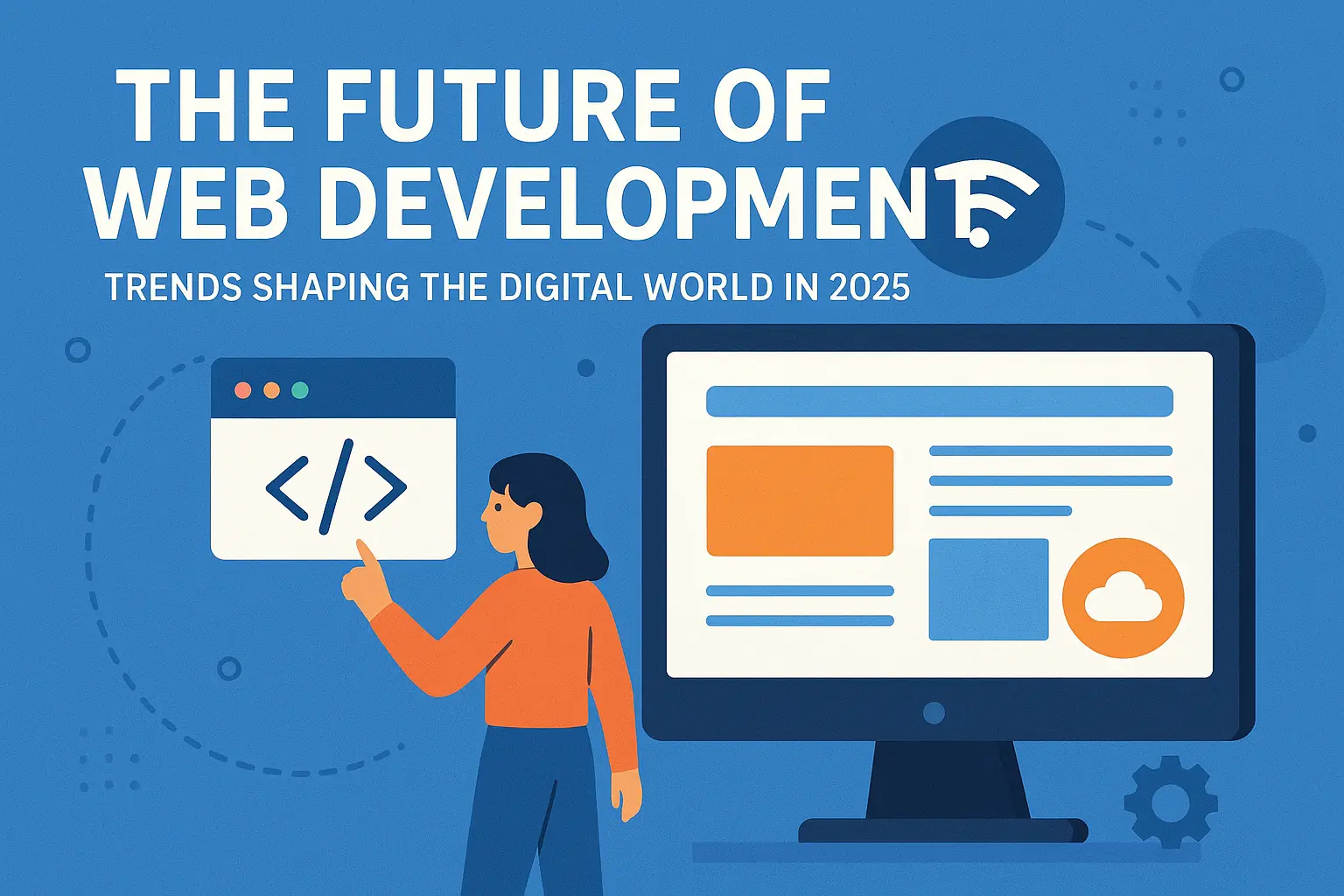
November 26, 2025
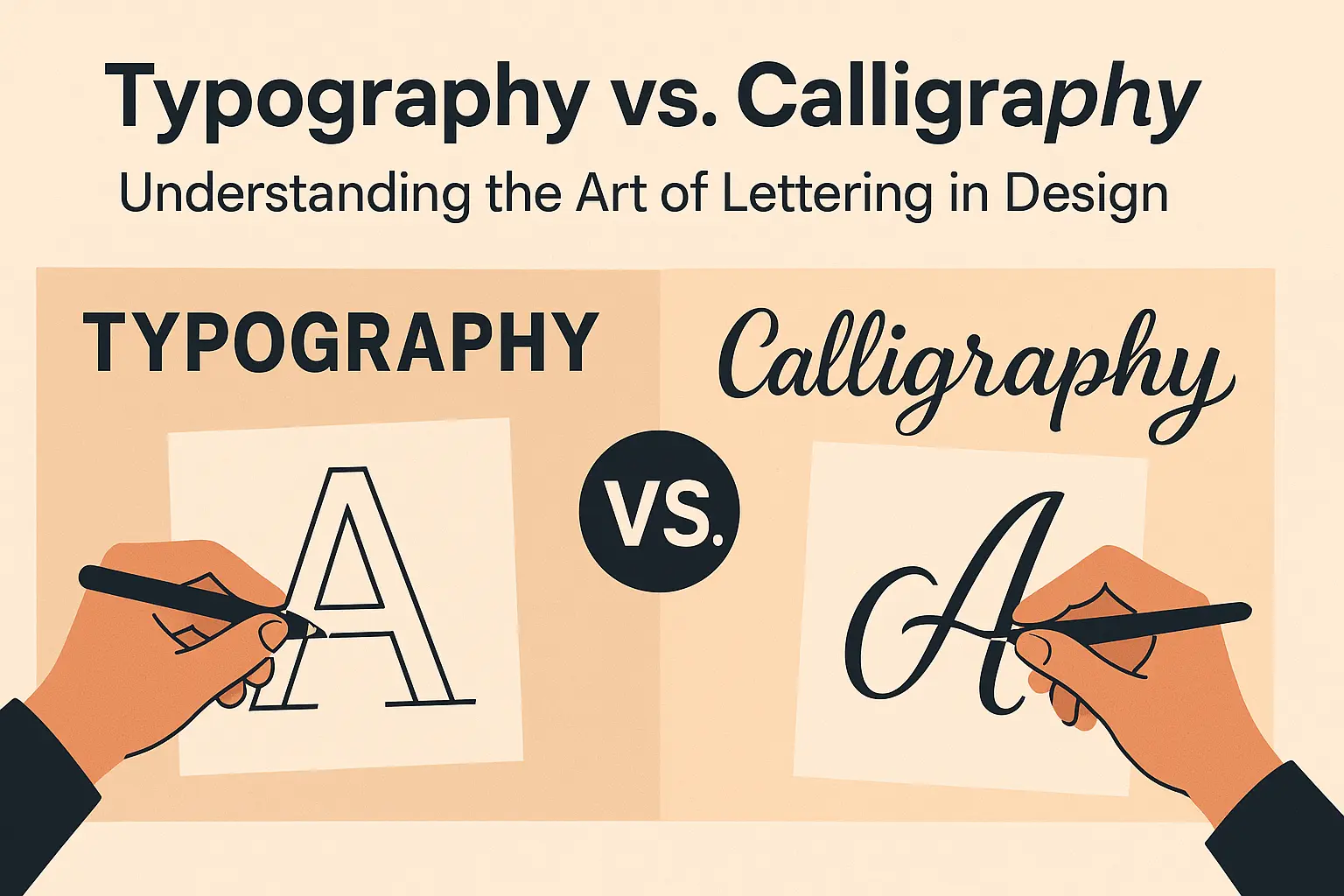
November 24, 2025
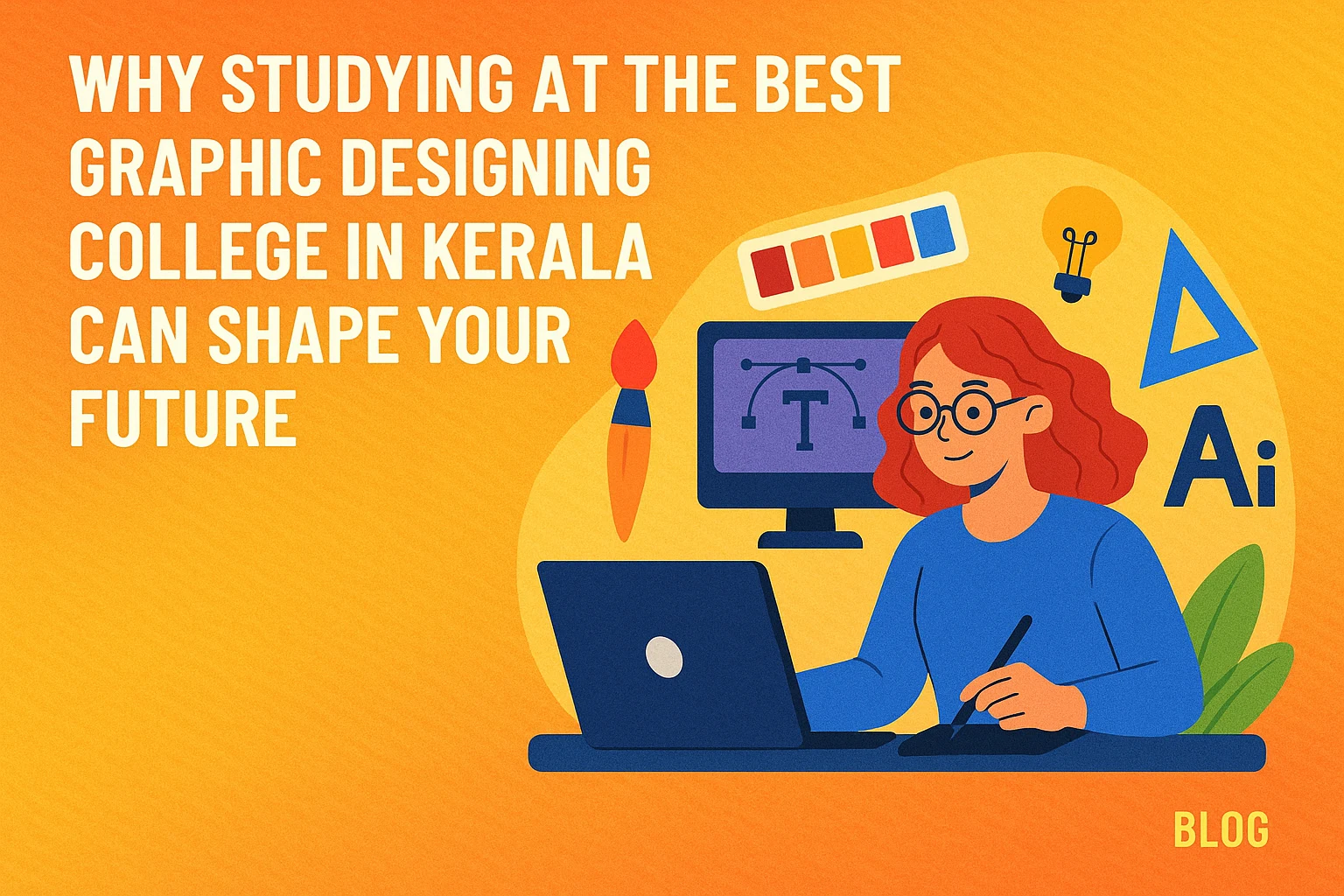
November 12, 2025
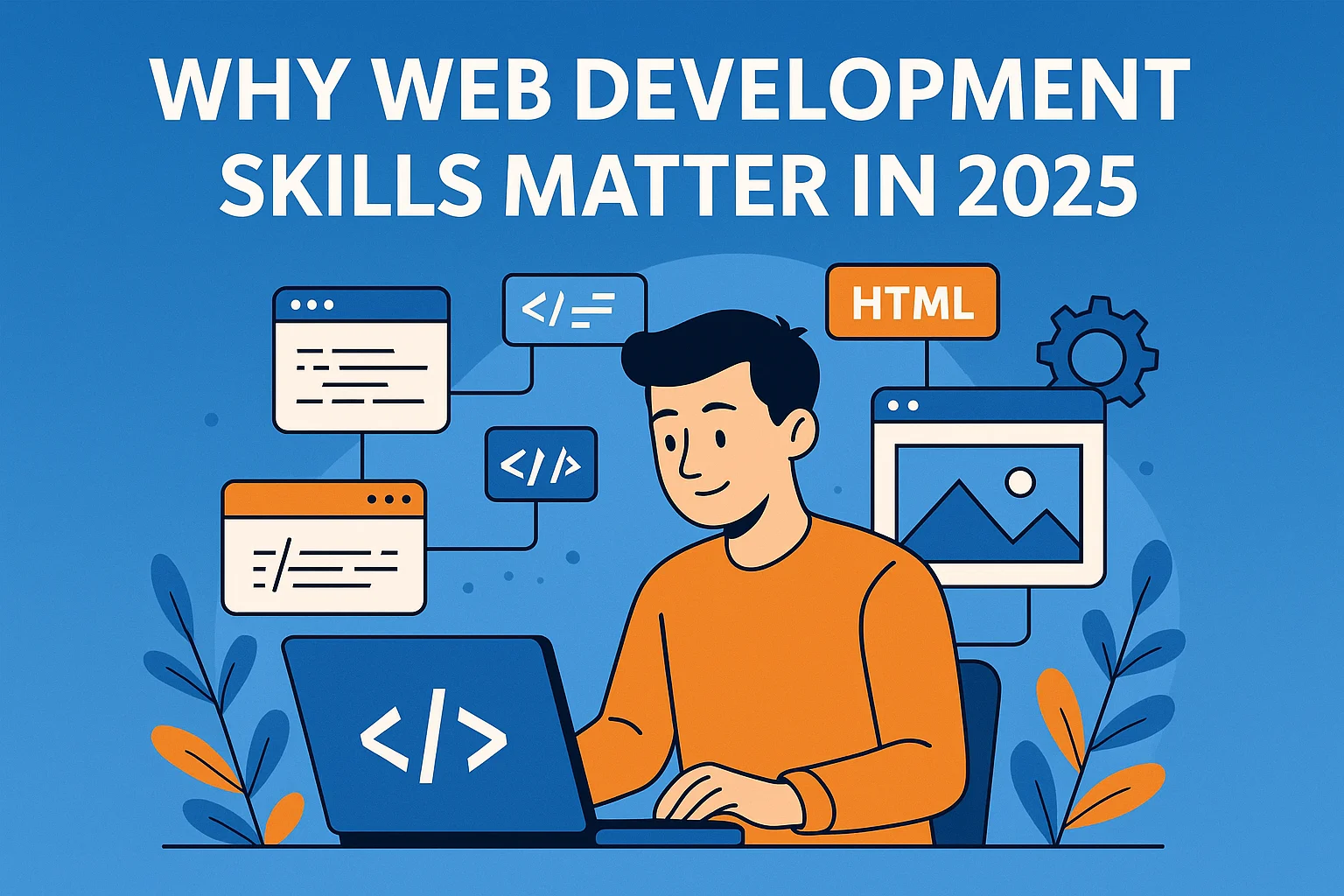
November 12, 2025
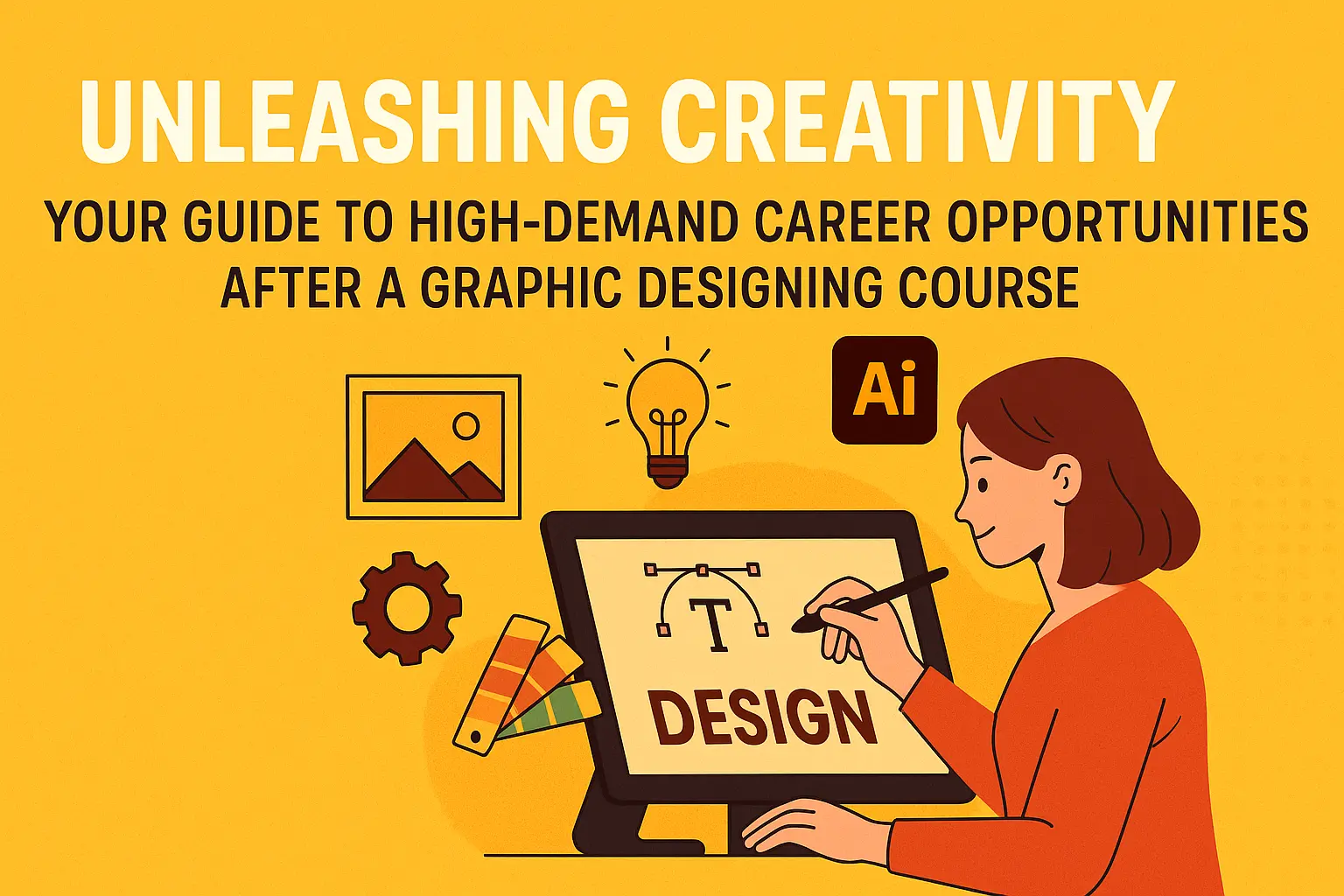
October 30, 2025
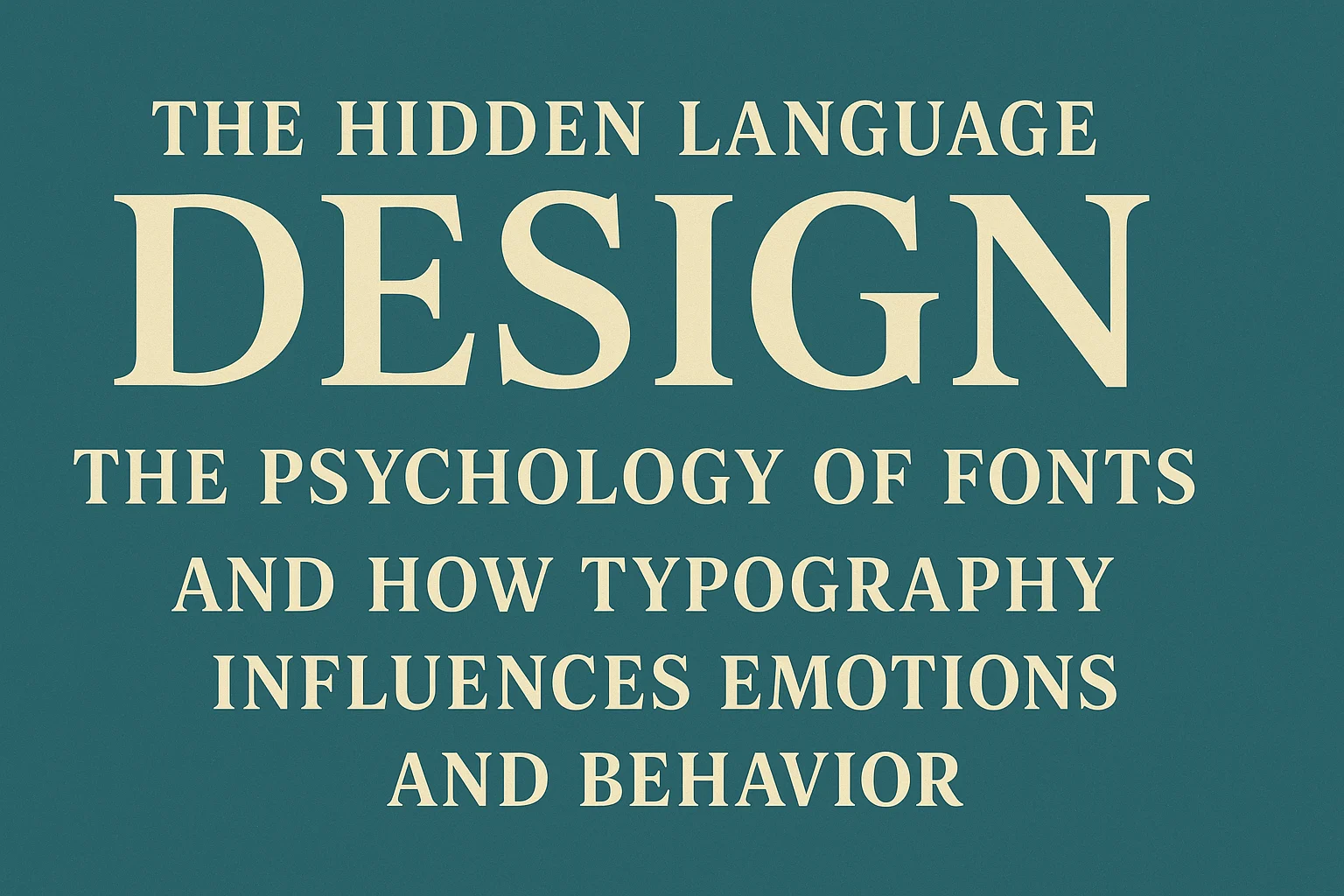
October 25, 2025
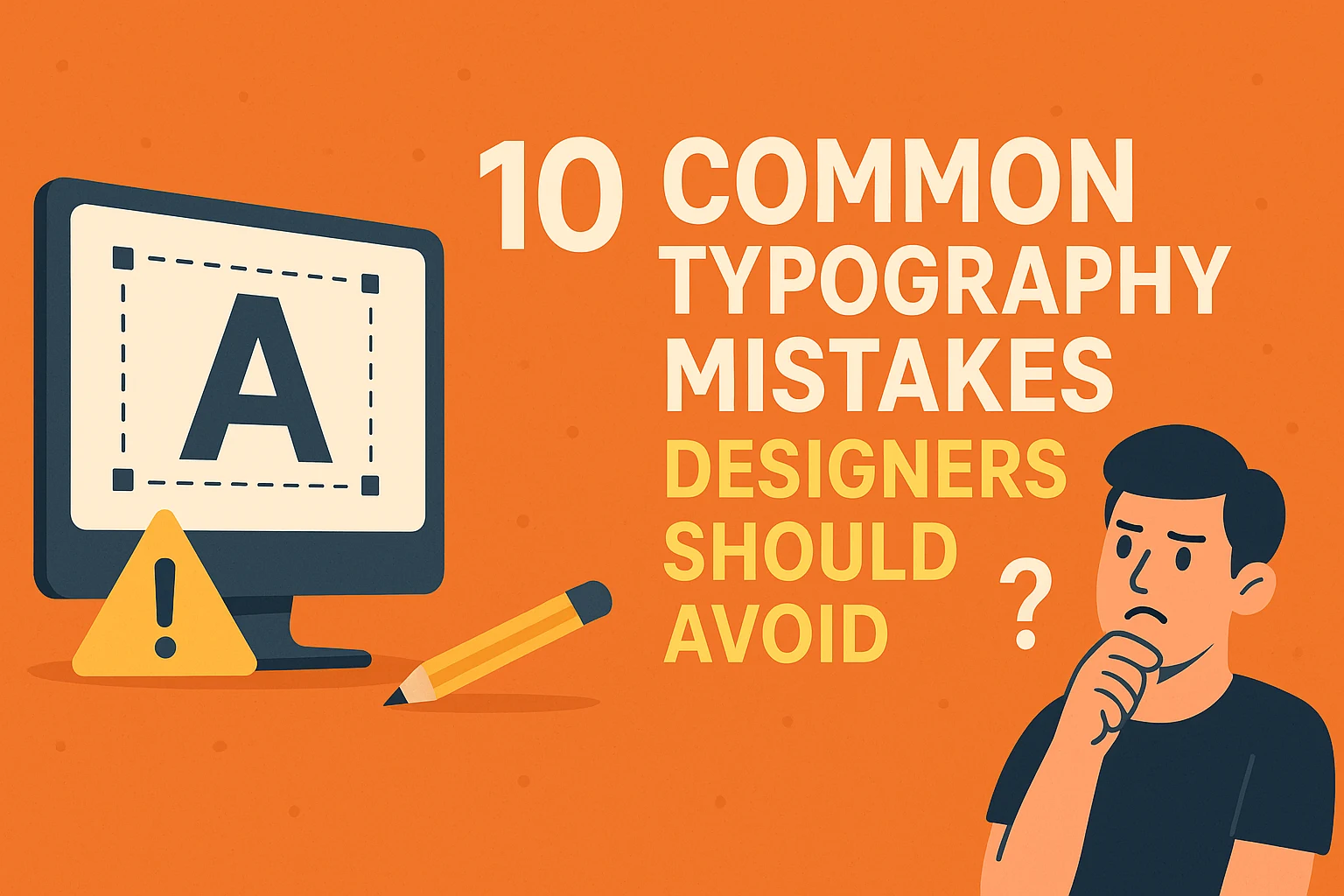
October 25, 2025
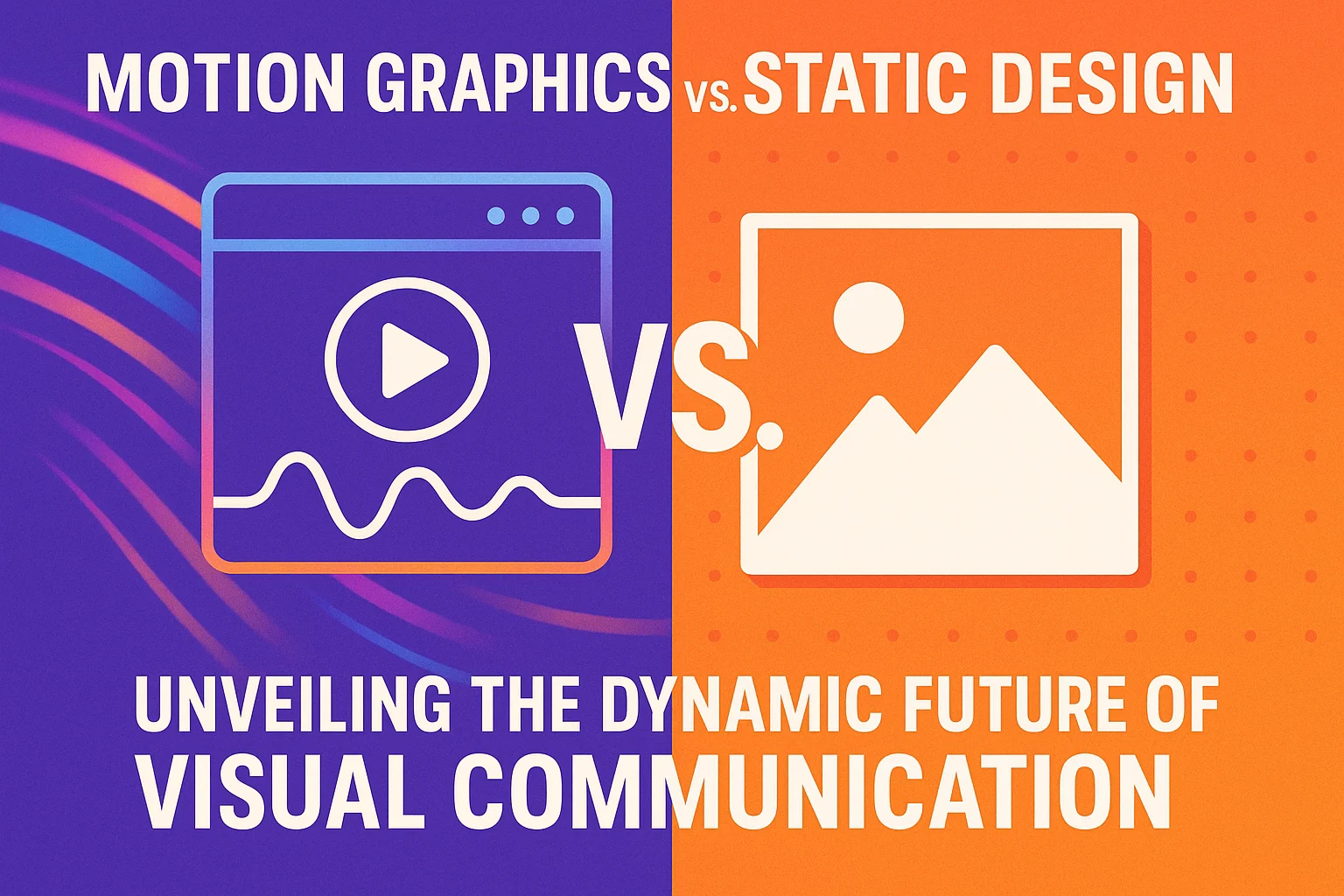
October 25, 2025
September 27, 2025
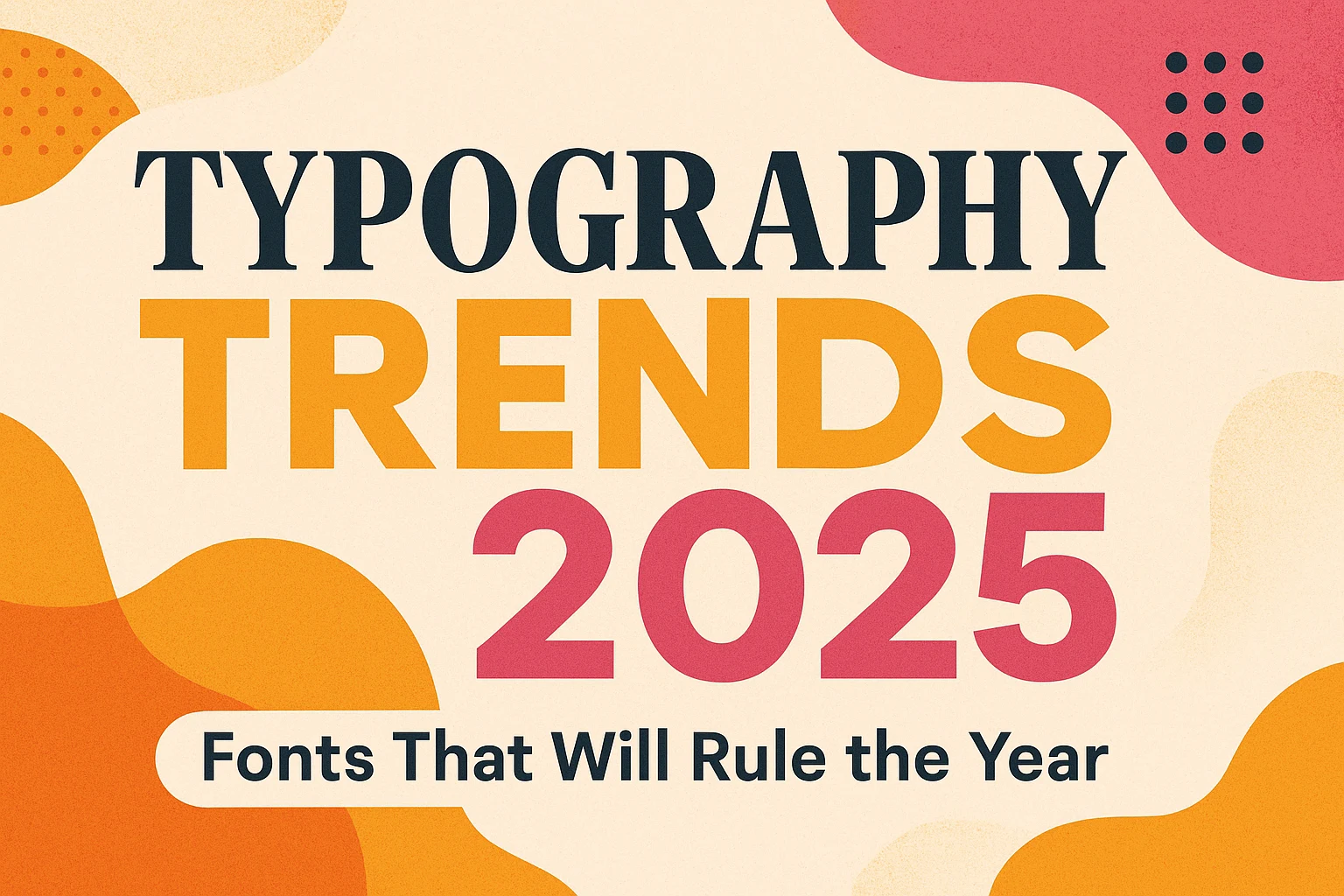
September 22, 2025
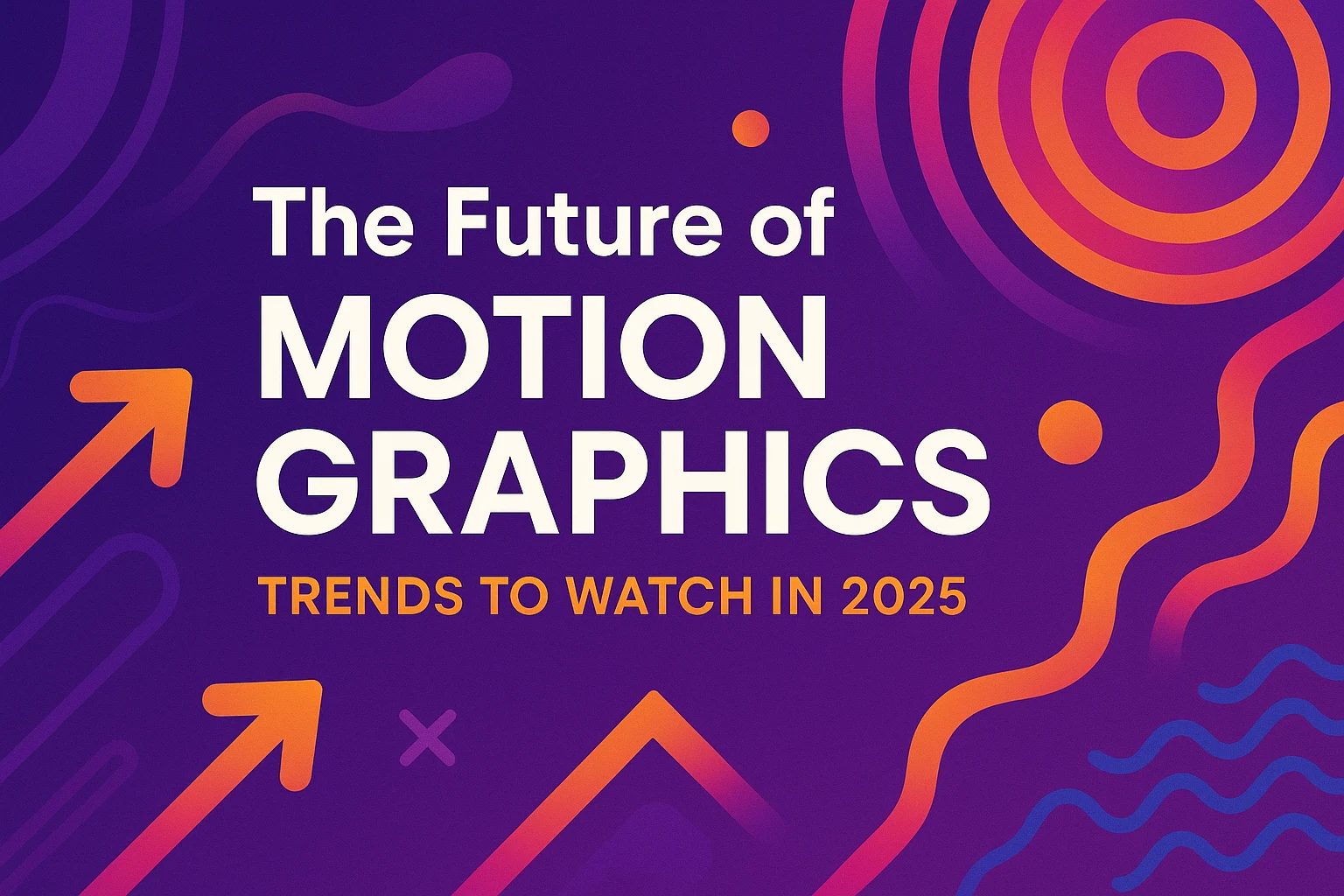
September 22, 2025
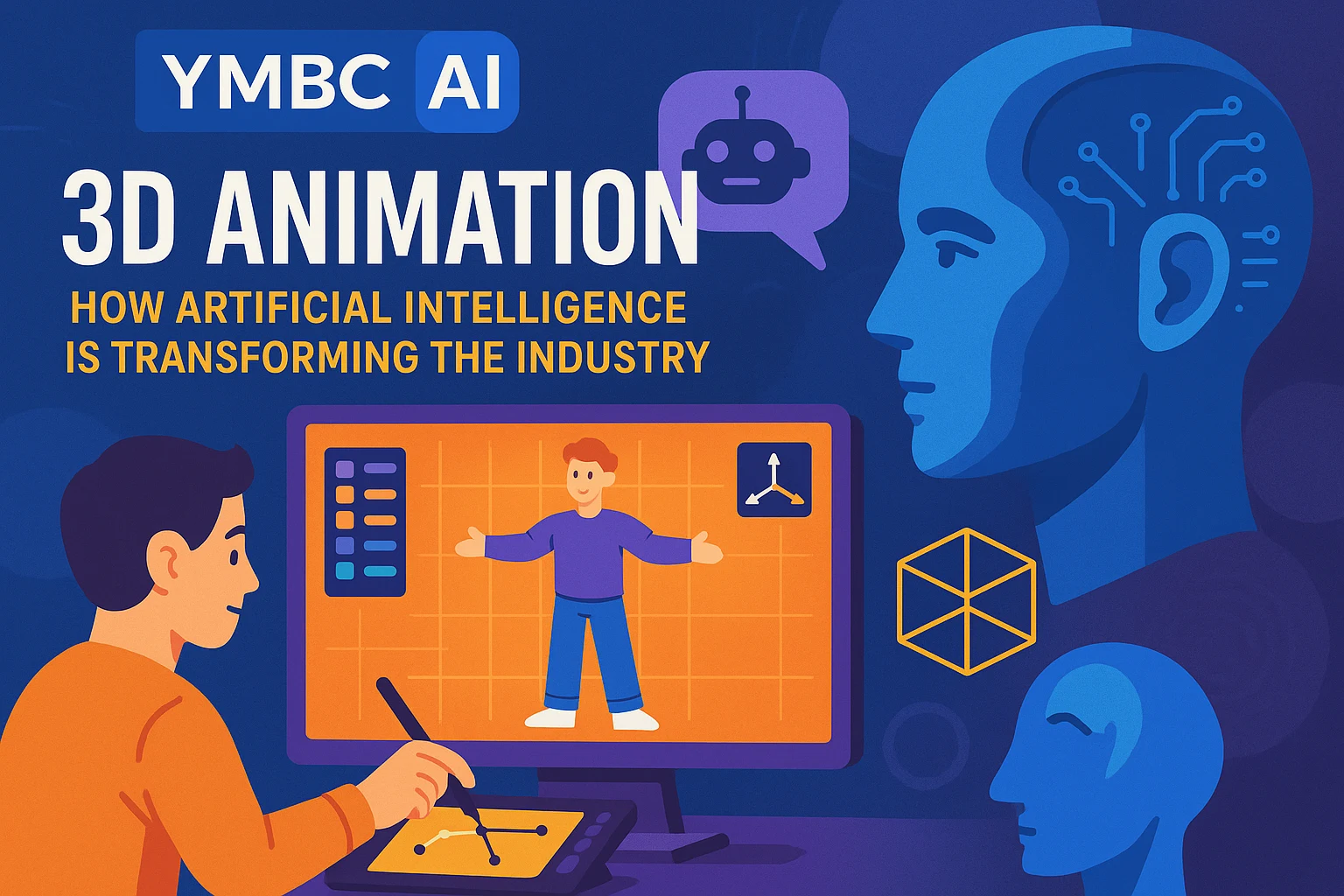
September 19, 2025
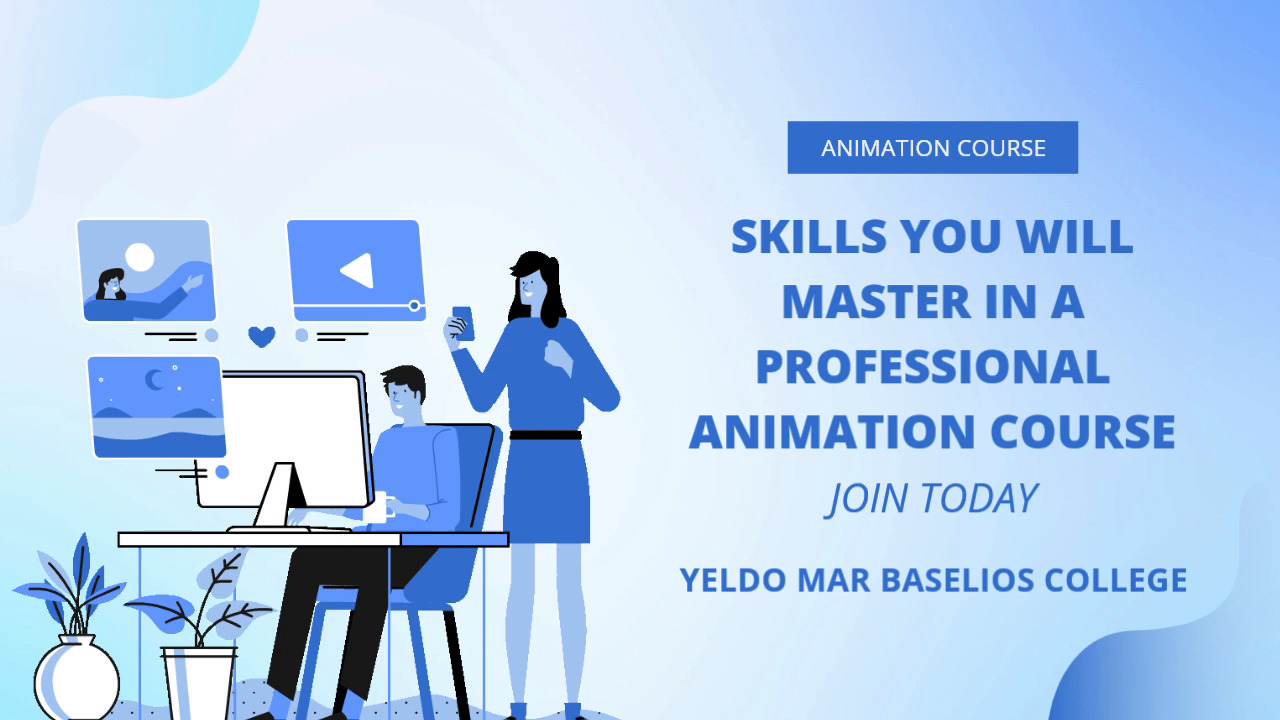
August 22, 2025

August 22, 2025
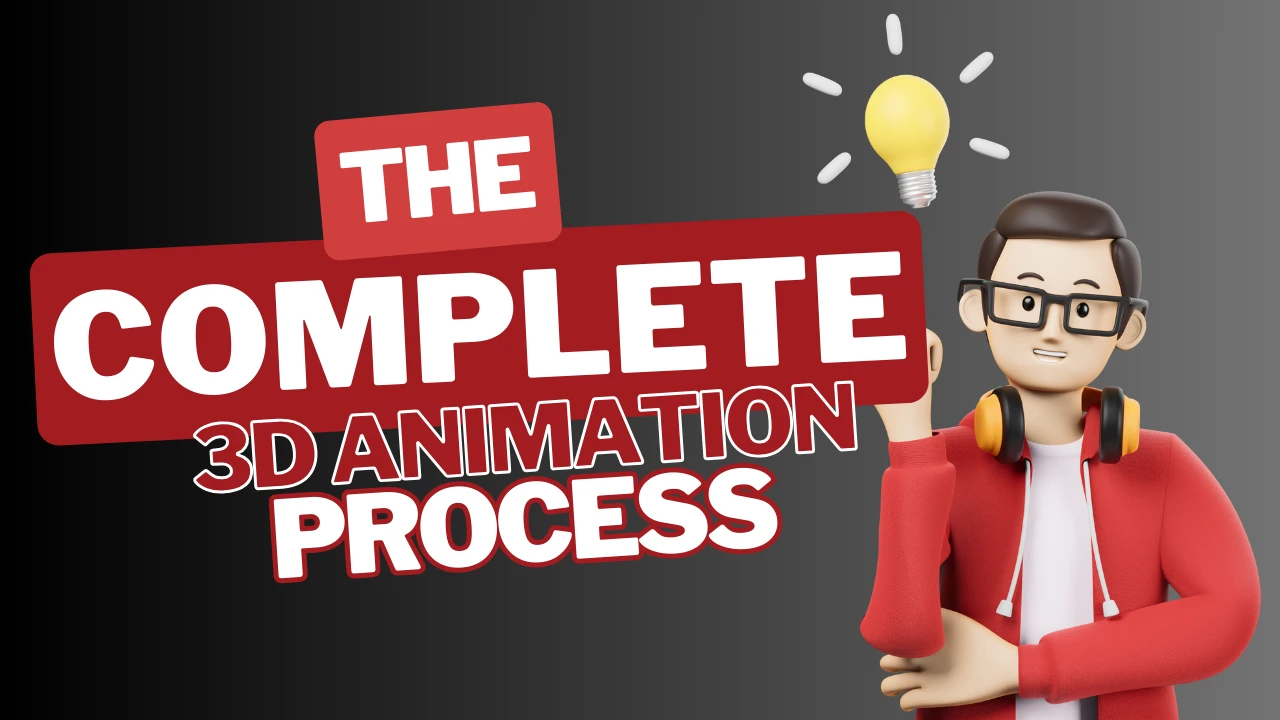
August 22, 2025
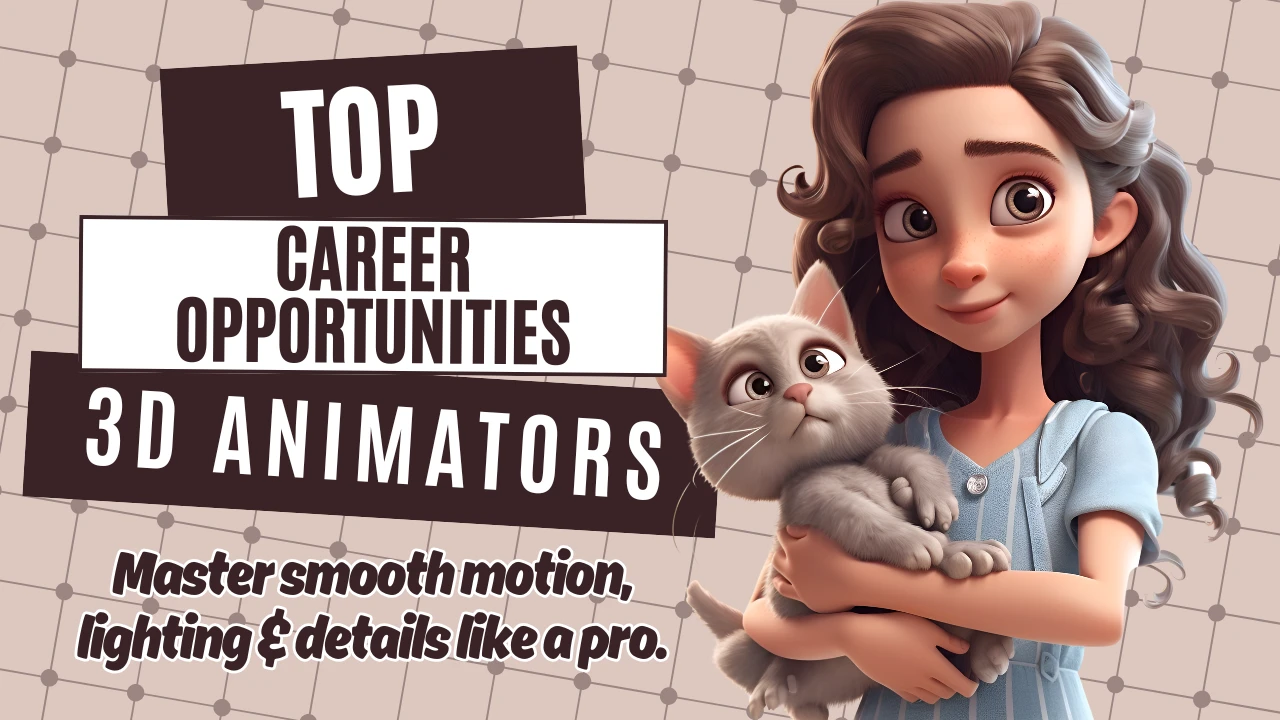
August 21, 2025
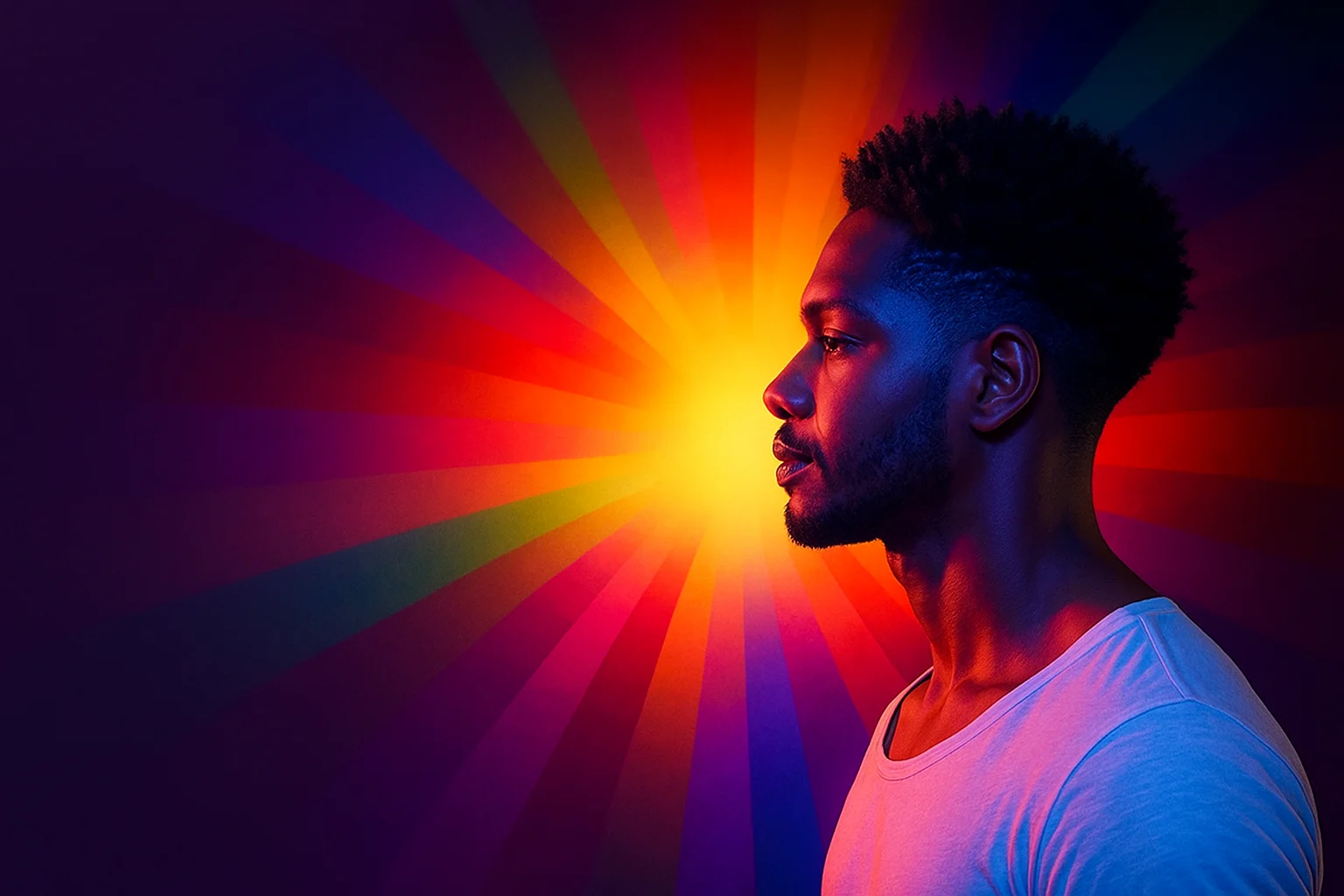
July 25, 2025
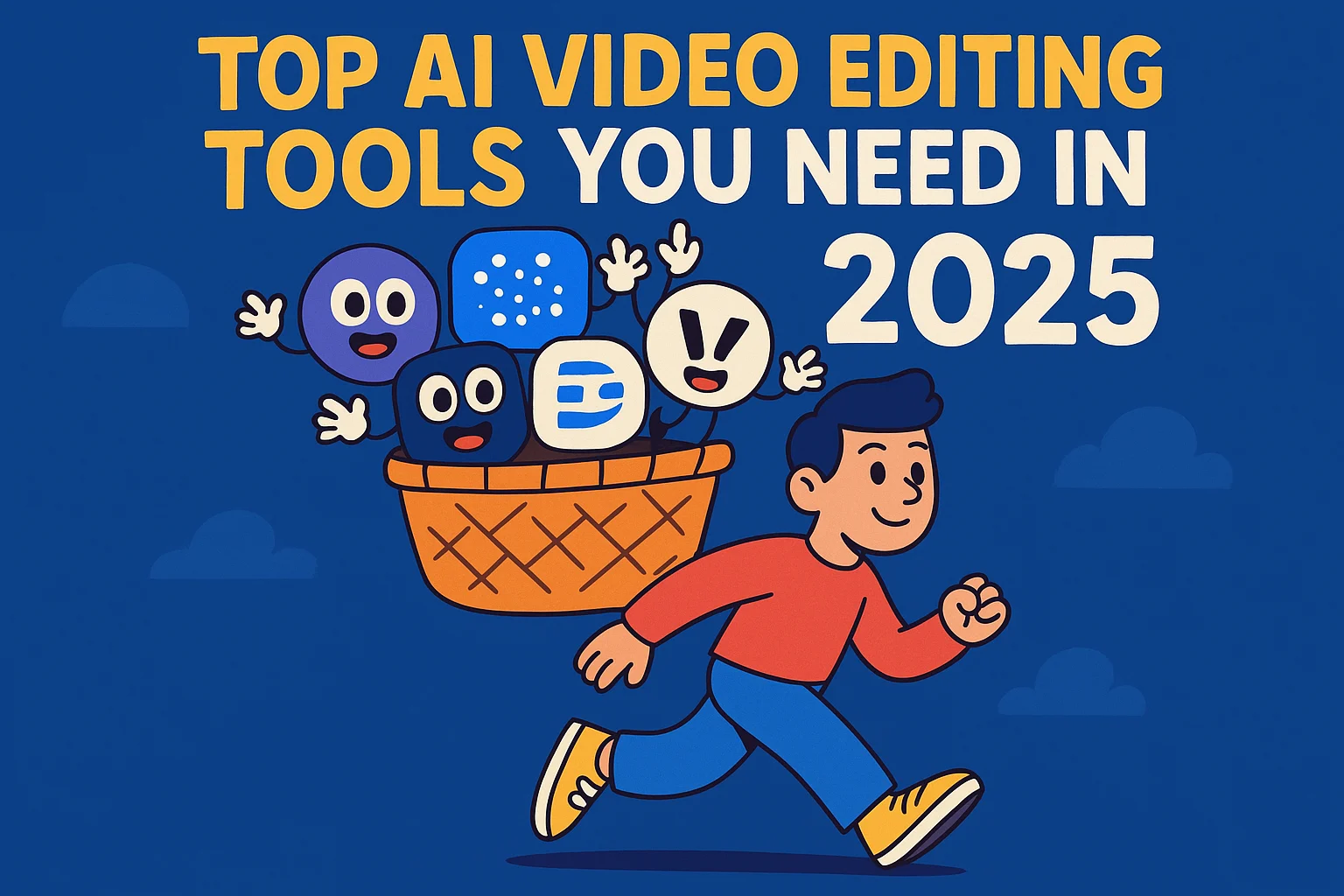
July 25, 2025
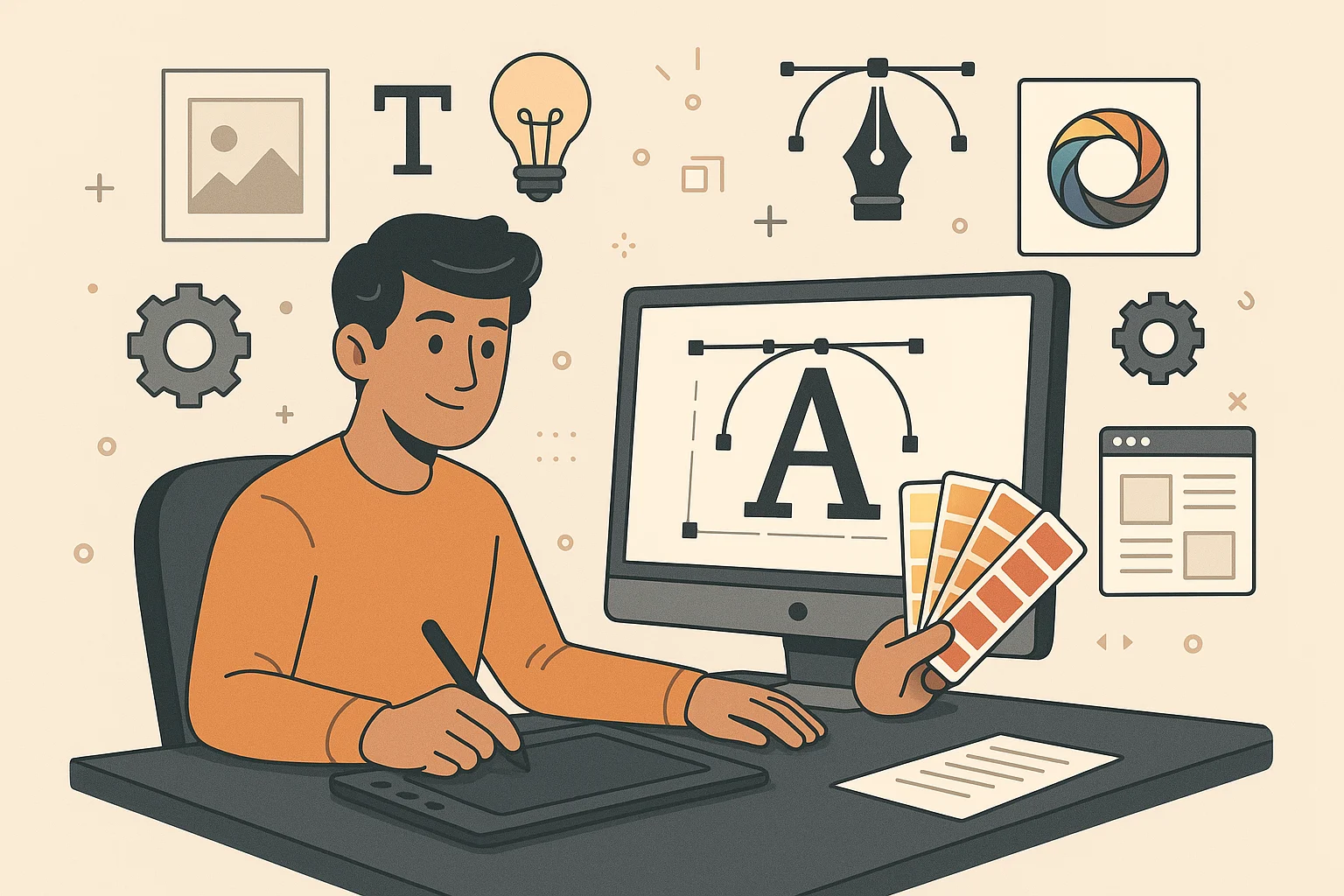
July 24, 2025
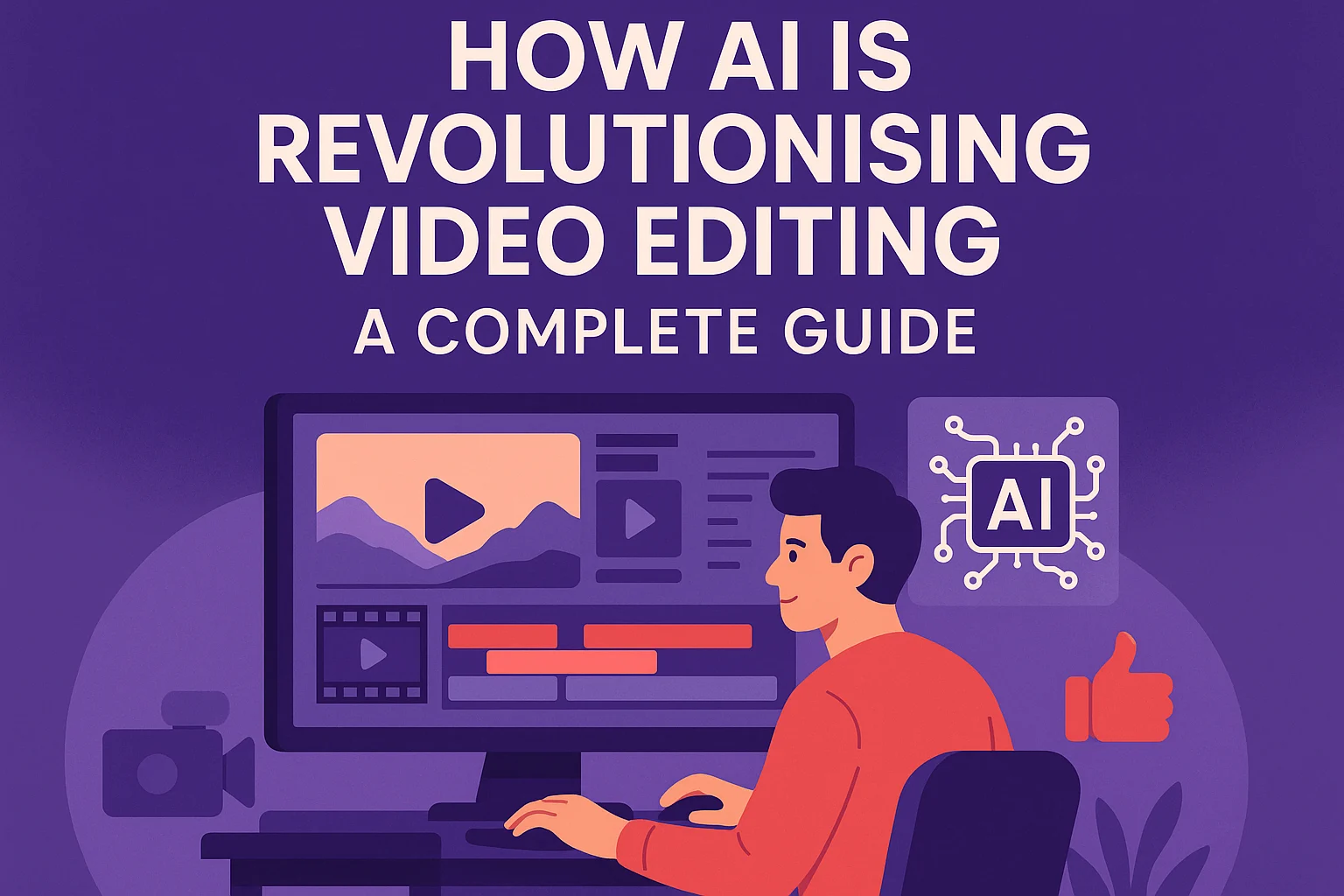
July 21, 2025
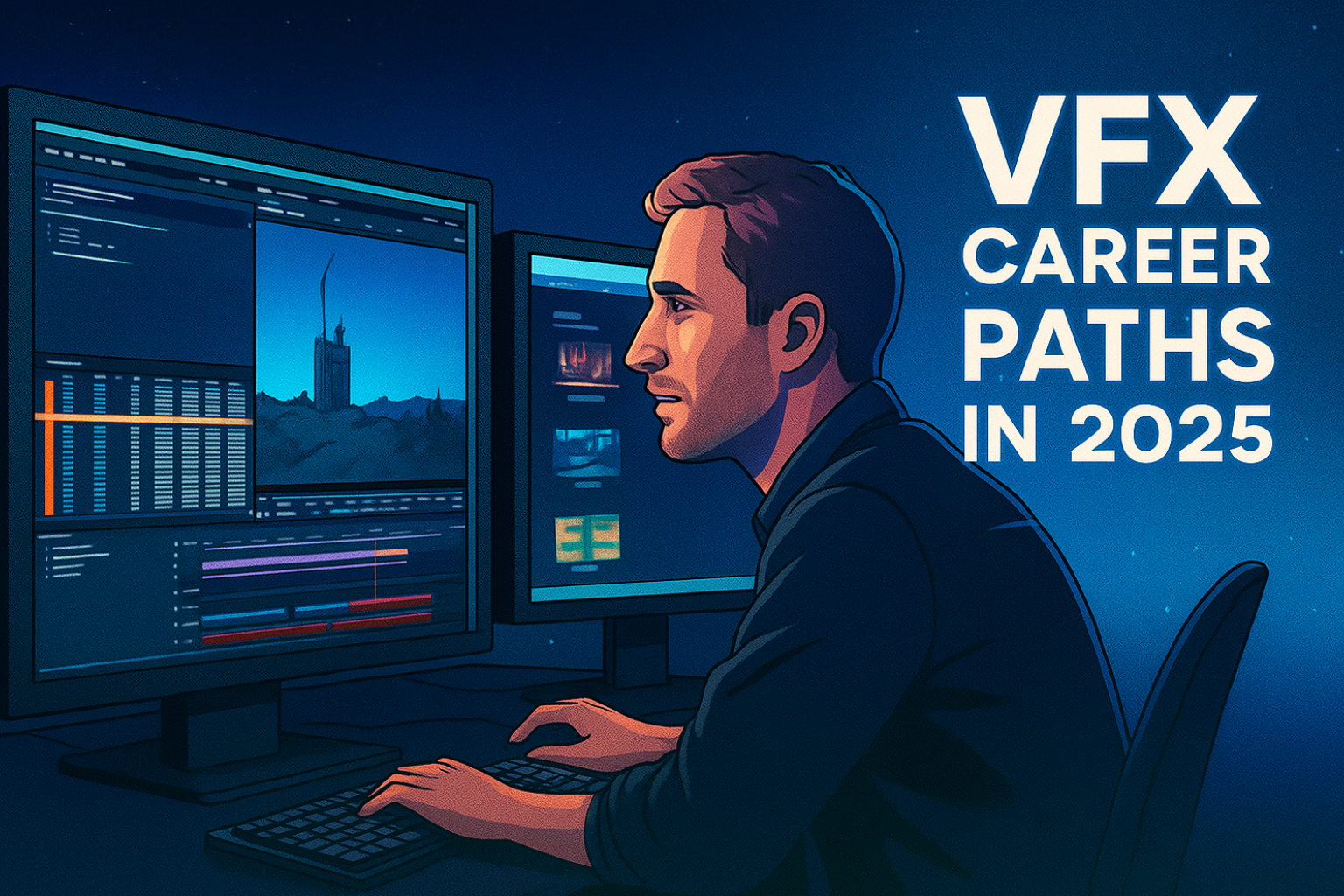
June 30, 2025
June 30, 2025
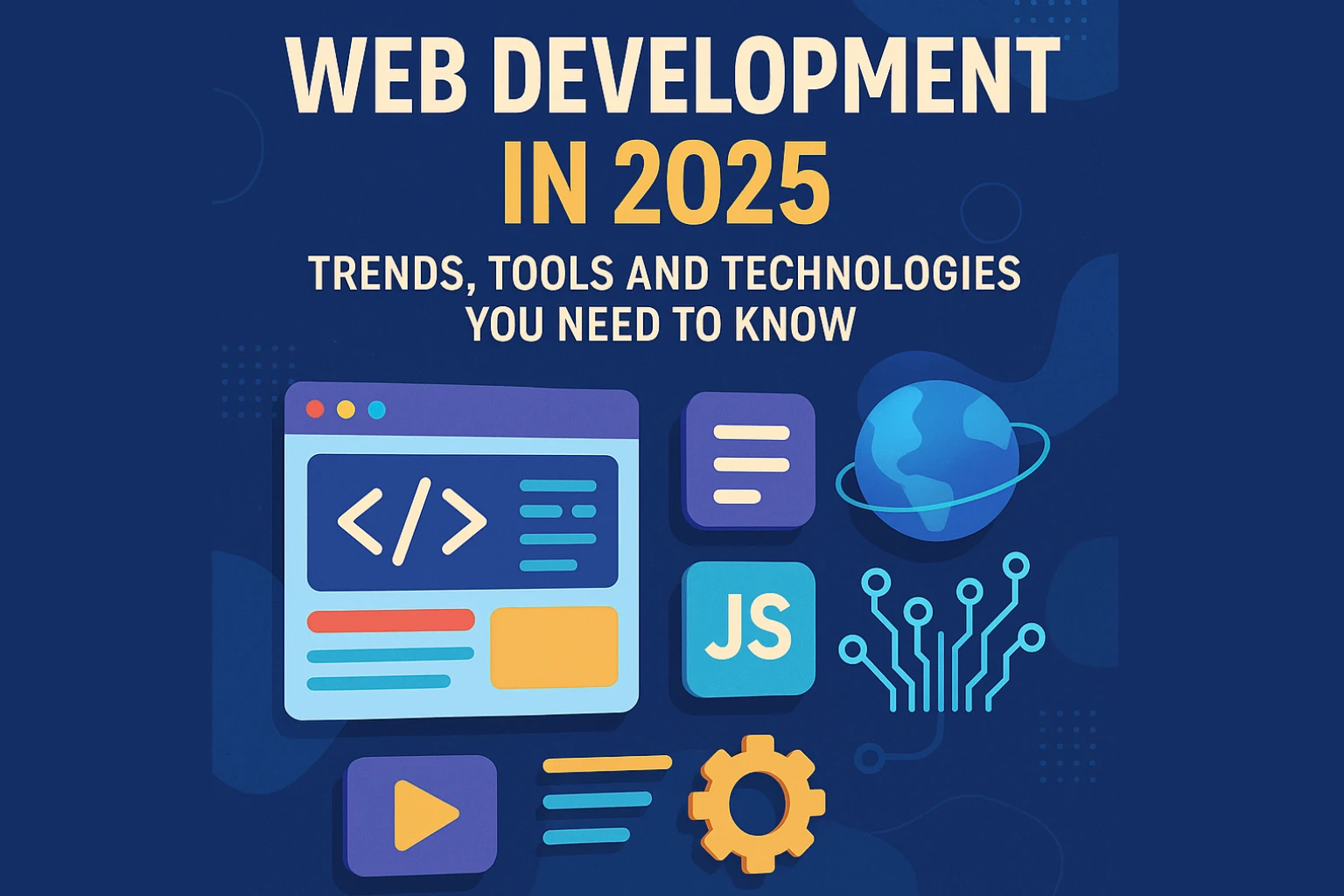
June 30, 2025
June 30, 2025